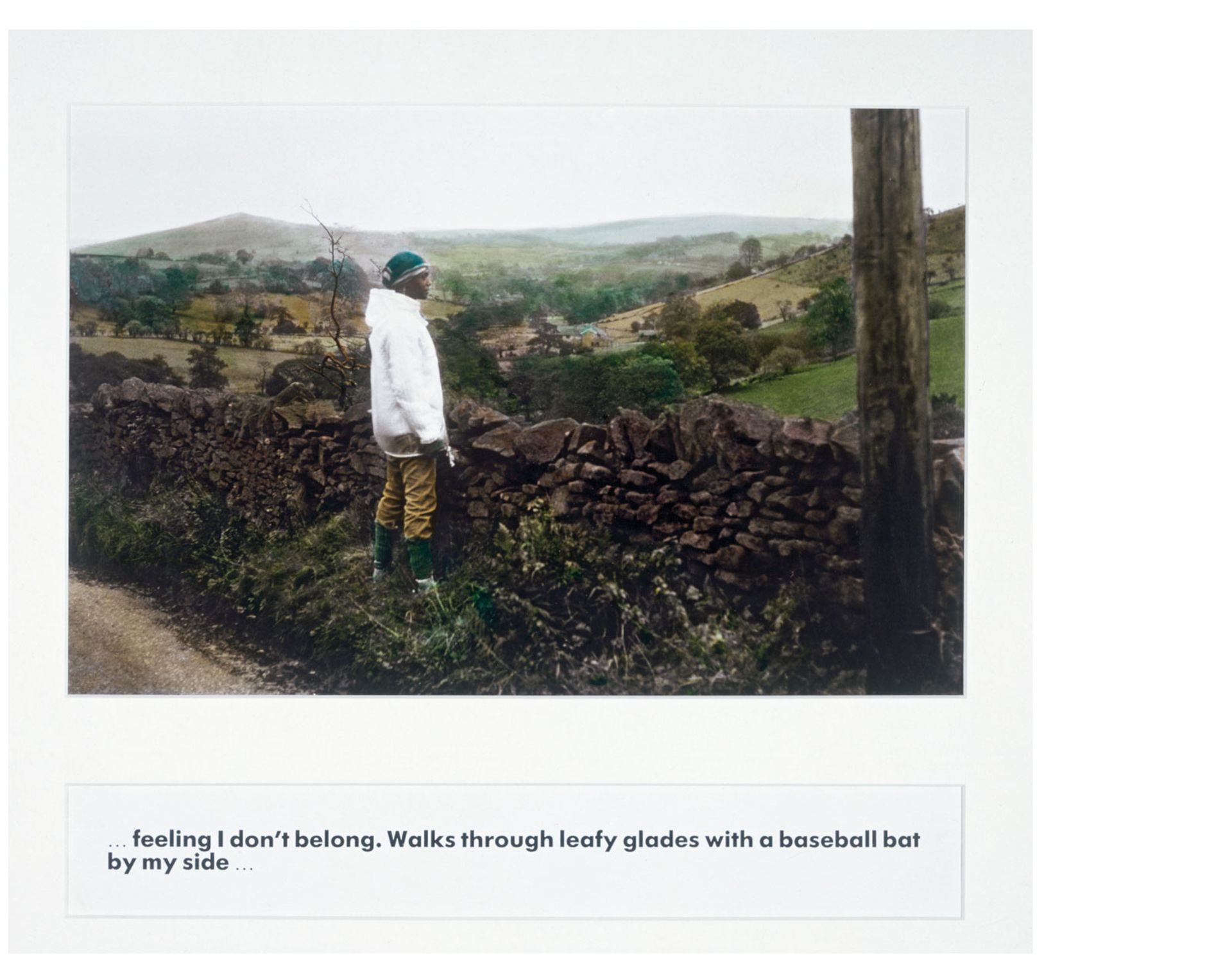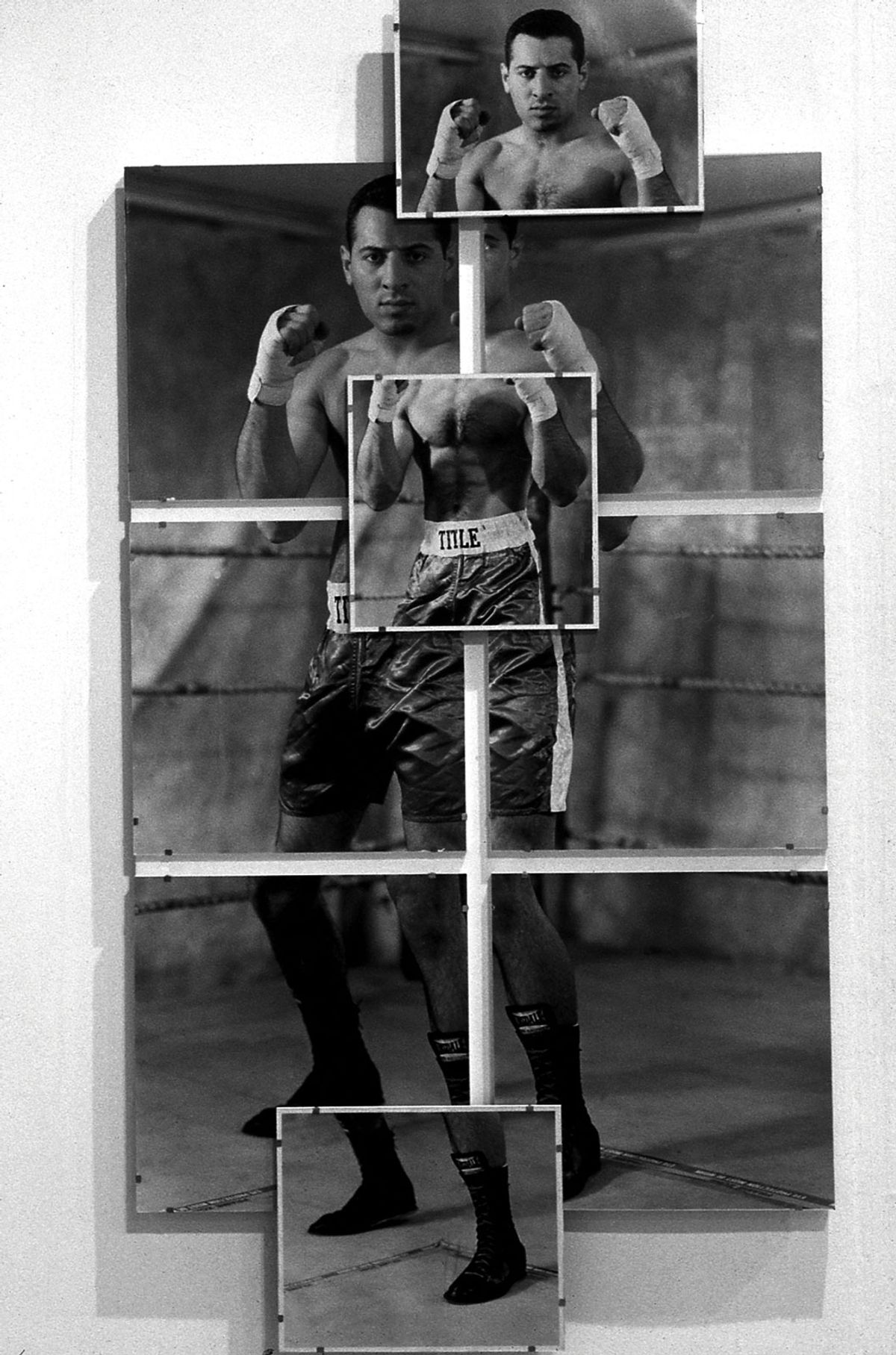In 2019, Ingrid Pollard was included in the newly renovated MK Gallery’s inaugural exhibition, The Lie of the Land, a group show about land ownership, exclusion and leisure from the 18th century to the present. “Her work was so pertinent to these concepts that it was difficult to restrict ourselves to only two pieces and we thought that we really needed to see an in-depth show,” says the gallery’s director Anthony Spira. Now, after a year-long delay due to the pandemic, the Guyanese-born British artist and photographer has the stage to herself.
Carbon Slowly Turning celebrates what Spira refers to as the “commitment, consistency and complexity” of Pollard’s ever-evolving practice. A key figure in the Black British art movement in the 1980s, and an active member of grassroots campaigns for women’s liberation and LGBTQ rights, Pollard has been making experimental work that explores themes such as race, sexuality and identity for more than 40 years.

A photograph from Pollard's Pastoral Interlude (1987) Victoria and Albert
Museum
The exhibition brings together photographs, prints, drawings, mixed-media and film from the 1980s to today. It opens with Pollard’s best-known series, Pastoral Interlude (1987), a set of delicately toned and tinted photographs that show hand-coloured Black figures in rural settings. Throughout her career, Pollard has documented the English landscape, disrupting romantic views of it being simply a green and pleasant land.
“She raises questions around Britain’s history, its entanglement with empire, slavery and colonialism, and how the residues of this are still embedded in the landscape today,” says the curator Gilane Tawadros. In The Valentine Days (2017), Pollard applies the same tinting technique to images made by the Scottish Valentine brothers to entice people to settle and spend money in Jamaica, drawing attention to the Black men, women and children who were peripheral to the original intent of the pictures.

Pollard's Bow Down and Very Low - 123 (2021, detail). The kinetic sculptures were made in collaboration with Oliver Smart Photo: Franklyn Rodgers. All rights reserved. Courtesy of the artist.
Another constant in Pollard’s work is her interest in representations of the body and gender. Deny: Imagine: Attack (1991) presents images of a fragmented body framed by handwritten homophobic slurs, while Contenders (1995) explores notions of masculinity through a jumble of limbs and boxing equipment.
The delay for this show has meant that Pollard has had time to make a new kinetic installation. Inspired by characters in colonial films, Bow Down and Very Low – 123 (2021) comprises three anthropomorphic sculptures that move sometimes slowly, sometimes suddenly. From certain angles they appear threatening; from others submissive. And that is the beauty of Pollard’s art, which shifts according to her evolving perspective. As Tawadros says, “It’s open and compelling and allows you to create your own narrative.”
• Ingrid Pollard: Carbon Slowly Turning, MK Gallery, Milton Keynes, 12 March-29 May


